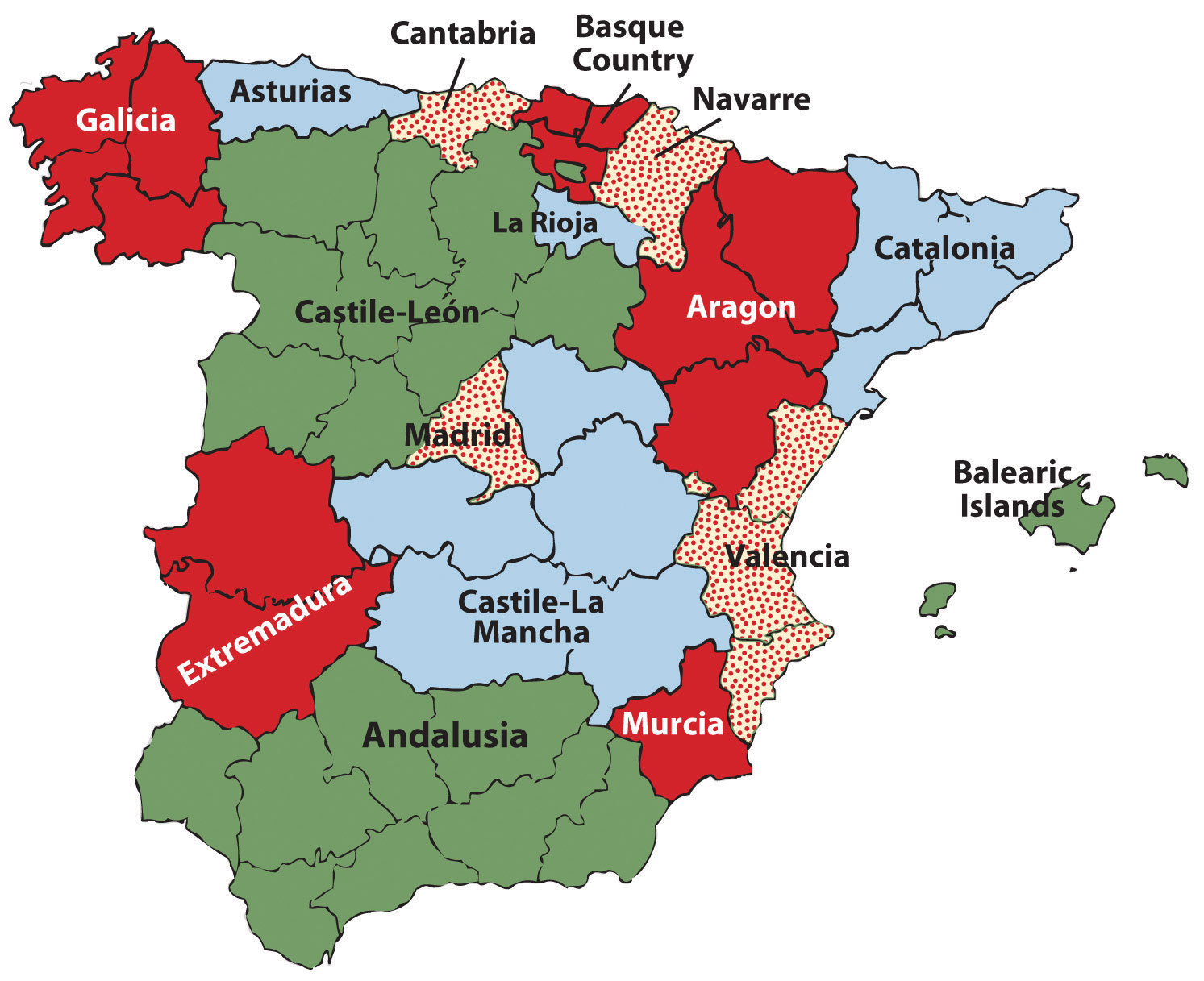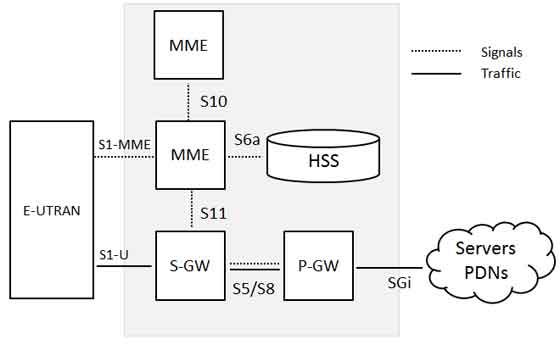What is West Europe (WE): A Geopolitical Overview and Key Characteristics
telcomatraining.com – Western Europe, commonly abbreviated as WE, represents a significant geopolitical region in Europe with a rich history, diverse cultures, and a leading role in global economics and politics. The region comprises a collection of countries that share a common European heritage, but each with its unique contributions to the continent’s development. In this article, we will explore the geopolitical landscape of Western Europe, its historical context, and the key characteristics that define this region.
Geopolitical Overview of Western Europe
Western Europe is a subregion of Europe, located to the west of the continent. It is geographically bounded by the Atlantic Ocean to the west, the North Sea to the north, the Mediterranean Sea to the south, and Eastern Europe to the east. Western Europe includes some of the world’s most well-known and influential nations, such as the United Kingdom, France, Germany, Belgium, the Netherlands, Luxembourg, Switzerland, Austria, and others. These countries have long been central players in global affairs and have shaped the course of European and world history.
The geopolitical significance of Western Europe can be traced back to ancient and medieval times when empires, kingdoms, and city-states competed for dominance. Today, it remains one of the most economically prosperous and politically stable regions in the world. The region is home to many of the largest economies globally, with Germany, France, and the United Kingdom being major economic powerhouses. The European Union (EU) also plays a crucial role in the political landscape of Western Europe, as it serves as a political and economic union of 27 member states, with many Western European countries playing key roles in its formation and expansion.
Historical Context and Development
The history of Western Europe is intertwined with the rise and fall of empires, monarchies, and revolutionary movements. During the Roman Empire, much of Western Europe was under Roman control, which left a lasting cultural and architectural legacy. In the medieval period, the region saw the rise of powerful kingdoms, such as the Kingdom of France, the Holy Roman Empire, and the Kingdom of England. The development of feudal systems, the spread of Christianity, and the establishment of key trade routes laid the foundation for the modern political and cultural landscape of Western Europe.
The Renaissance period in the 14th to 17th centuries marked a time of intellectual, cultural, and artistic revival in Western Europe. This era produced some of the greatest thinkers and artists in history, such as Leonardo da Vinci, Michelangelo, and Galileo Galilei. The Industrial Revolution, which began in Britain in the late 18th century, radically transformed the economies and societies of Western Europe, setting the stage for modern industrialization and urbanization.
In the 20th century, Western Europe was deeply affected by both World Wars. After the destruction of World War II, Western Europe underwent significant political and economic rebuilding, assisted by the United States through the Marshall Plan. The Cold War also played a significant role in shaping the region’s political dynamics, particularly with the division between Western European countries aligned with NATO and the Soviet bloc.
Key Characteristics of Western Europe
- Economic Powerhouse
Western Europe boasts some of the most advanced economies in the world. Germany, as the largest economy in Europe, is a global leader in manufacturing, technology, and engineering. France and the United Kingdom are also major players in international trade, finance, and innovation. The region is known for its high standard of living, extensive infrastructure, and robust industries such as automotive, aerospace, fashion, and technology. - Cultural Diversity
One of the most defining characteristics of Western Europe is its rich cultural diversity. The region is home to a variety of languages, traditions, and cuisines, with each country contributing unique elements to the broader European cultural fabric. Western Europe is also a hub for art, music, literature, and philosophy, having produced some of the most influential figures in history, including Shakespeare, Voltaire, and Picasso. - Political Stability and Integration
The political landscape of Western Europe is marked by a commitment to democracy, rule of law, and human rights. Many Western European countries are founding members of the European Union, a political and economic union that has fostered greater cooperation and integration among its members. The EU has worked to promote peace, security, and prosperity in the region, making it a model for other parts of the world. - Environmental Leadership
Western Europe is also known for its leadership in environmental sustainability. Countries such as Germany, Sweden, and the Netherlands have been at the forefront of developing renewable energy technologies and implementing policies to reduce carbon emissions. The region is actively working towards achieving climate neutrality and promoting eco-friendly policies to address global environmental challenges. - Tourism and Heritage
Western Europe is a popular destination for tourists from around the world, with its rich history, stunning landscapes, and iconic landmarks. Cities such as Paris, London, Rome, and Amsterdam are famous for their historical sites, museums, and cultural attractions. Western Europe’s architectural heritage, from medieval castles to Renaissance palaces, attracts millions of visitors each year.
Conclusion
Western Europe is a region with immense geopolitical, economic, and cultural significance. Its historical development, commitment to democracy, economic strength, and cultural richness make it one of the most influential regions in the world. As global challenges such as climate change, economic inequality, and geopolitical tensions continue to evolve, Western Europe’s role on the world stage will remain vital in shaping future global policies and trends. Whether through economic integration, cultural exchange, or political cooperation, Western Europe will continue to be a key player in the future of global geopolitics.







